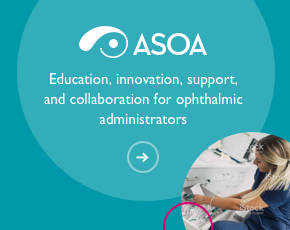Purpose:
The purpose is to describe the new generation of a fluid-filled injectable AIOL, the FluidVision model Mx, the design methodology and the initial early clinical results.
Methods:
Over 150 FluidVision model M IOLs have been clinically studied for periods up to 3 years. Ultrasound B scan data on patient’s pre-surgery crystalline lens and post-surgery AIOL implant were correlated to the clinical outcomes to enhance the finite element model of the FluidVision lens in the capsule. Slight changes to the optic material and design were made to increase accommodative amplitude, to improve optic quality and to enable decreased incision size. A pilot study with up to 40 cataract patients was initiated at 6 sites in South Africa.
Results:
The improved optic design yielded lens MTFs greater than 0.60. Finite Element Analysis incorporating B scan biometry data and clinical accommodation results were used to modify the design which maximized the accommodative response in all eyes meeting the AIOL fitting acceptance criteria. The average model M objective amplitude of accommodation was greater than 1 D with some patients greater than 2 D. In vitro modeling demonstrated a 2X increase in accommodative response for the Mx compared to the model M. The Mx pilot study was initiated and 1 and 3-month visual acuity and accommodation results will be reported.
Conclusions:
Finite Element Analysis can be used to model the performance of a fluid-filled AIOL in the lens capsule following cataract surgery. FluidVision model Mx met its design goals as demonstrated by modeling and in vitro testing. A pilot study was initiated and results will be reported.



